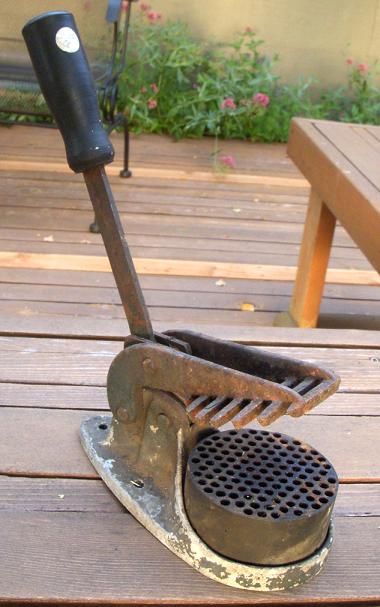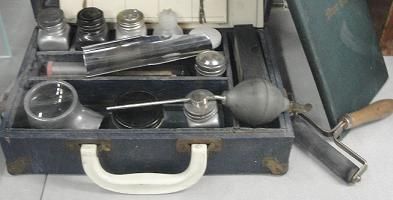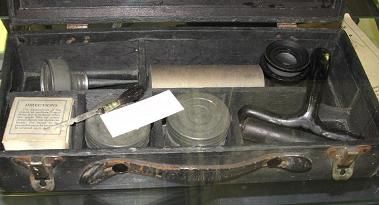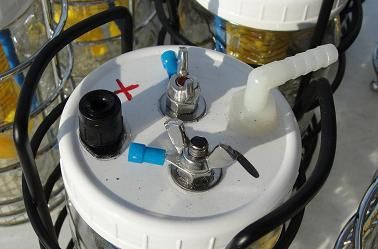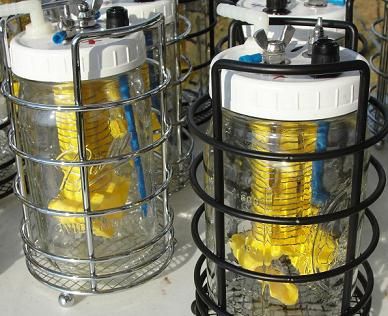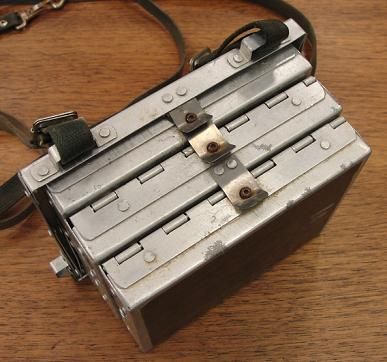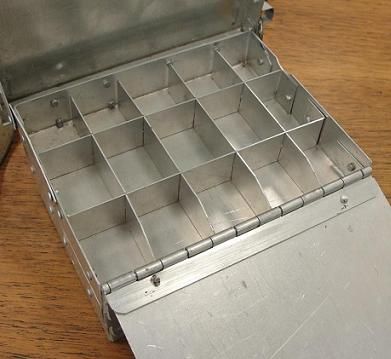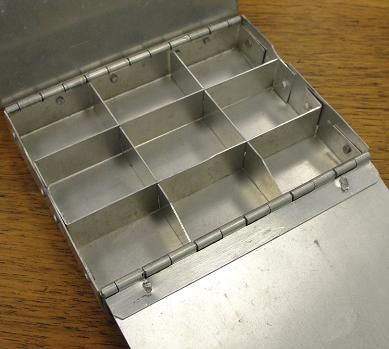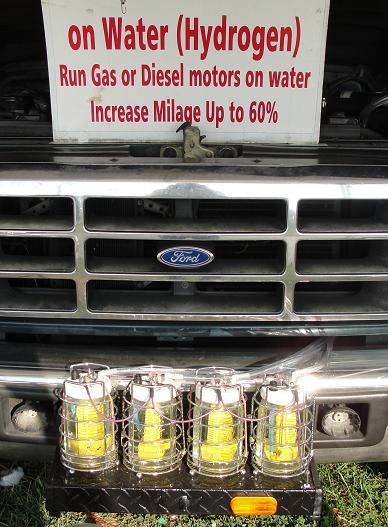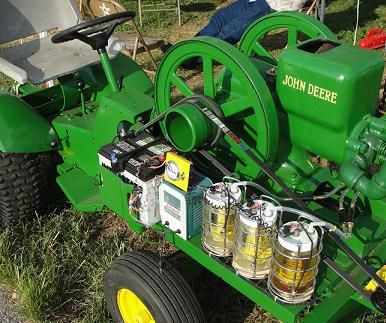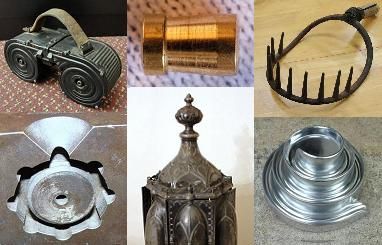2017. 9" long:

Larger image
2018. Someone is looking to find the exact purpose of this cart:

Larger image

Larger image
2019. Approximately 7" long:

Larger image

Larger image

Larger image
2020. 3-1/2" long:


2021. 3" long:

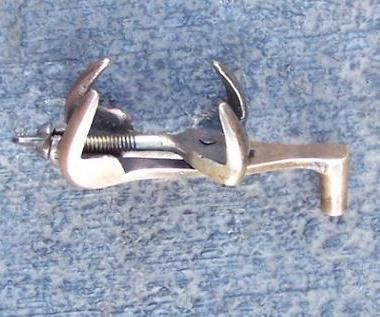
2022. 2-1/8" long, this unidentified item was found in a mechanical room that contains furnaces, thermostats, two water heaters, and a couple electrical disconnects:

Photo by Christopher Young
Answers:
2017. This device is a playing card shuffler:

Larger image
2018. This cart is probably for moving round hay bales:

Larger image

Larger image
2019. A grain band cutter, for cutting wire, twine, or paper bands from bundles of grain, patent number 231,424:

Larger image
2020. A door stop, it is attached to a door as a safety device so a young child's fingers won't get smashed:

2021. A handle for a combination lock, it supposedly makes it easier and quicker to turn the dial, patent number 295,582:


2022. A tool for removing a leverset from a door:

Photos by Christopher Young

Close-up of the hole through which a retainer is depressed:

Pressing the tip of the bent wire into the hole.

Once the retainer is depressed, the lever set can slide off.

And finally, the lever is removed.

A couple of updates from previous sets:
2006. Two pieces were cast from this mold,

one in solder and the other in wax, they look similar to conduit bushings:

1966. A listening device for finding defects in machines, motors, dynamos, or turbines, the instructions state:
...fix the end of the device (when needed mount the extension pieces together) on the external part of the examined surface such as a cylinder, gearbox, carb, differential, mechanical parts, pipes and so on. Put the membrane to your ear and diagnose by simply listening for defects such as oil deficiency, loose bolts or screws, etc. In danger of electrocution use the red insulated sound finder that neutralizes electricity. When checking for pipe defects hold the device to the raised examinated part such as hydrants. It will work even through brick walls, bitumen and soil to diagnose the defect.
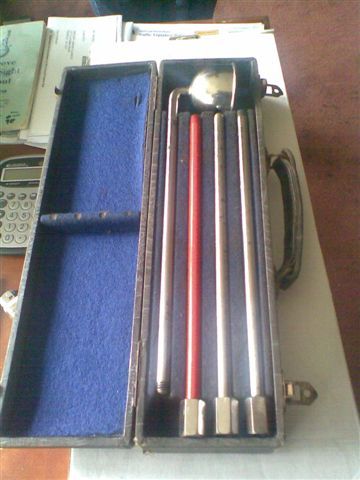
To submit photos, send them to the address in my profile.
Last week's set is seen below, click here to view the entire post.

More discussion and comments on these photos can be found at the newsgroup rec.puzzles.

